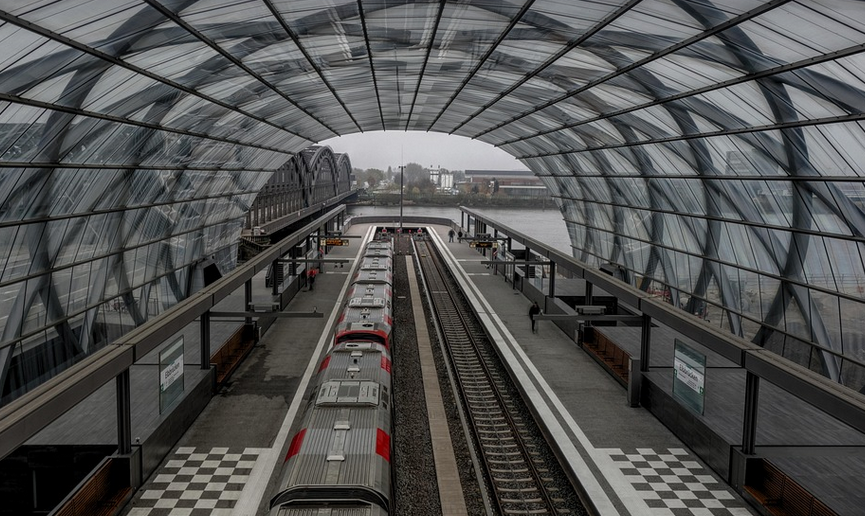What is a Distribution System?
Imagine you’ve just finished your morning run, feeling the energy surge through you as you prepare for the day. Now imagine that energy taking a long journey through miles and miles of wires, ultimately reaching your home. That’s essentially what a distribution system does! It’s like a giant, invisible network responsible for carrying electricity from where it’s generated to our homes and businesses.
Key Components: The Backbone of Distribution
A distribution system is made up of several interconnected components that work together to deliver power efficiently. Let’s break down some of the key players in this fascinating network:
1. Generating Stations:** These are like electricity power plants, generating the main source of electricity. Picture massive turbines spinning and turning generators to produce high-voltage electrical current.
The output from these stations is often higher than what’s needed for direct use or immediate distribution. To make this flow smoother, they have transformers: giant machines that step down the voltage to a level suitable for homes and businesses. These power plants are usually located far away from residential areas.
2. Substations:** Think of substations as traffic control centers for the electrical grid. They act like relay stations, directing the flow of electricity between different parts of the network. They use transformers again to adjust voltage levels, ensuring safe and efficient transportation of power.
3. Transmission Lines: These are the high-voltage, long-distance highways for electricity. They carry large amounts of power from substations to distribution centers, often in a vast network spanning across cities and towns.
Transmission lines use specialized cables made with copper or aluminum to minimize energy loss. They’re designed for high voltage (115 kV and higher) to allow efficient transmission over long distances.
4. Distribution Lines: These are the smaller, branch-like roads that deliver power from substations closer to homes and businesses. They carry electricity at lower voltages (typically 230V or less) ensuring it’s safe for everyday appliances.
These distribution lines connect the larger network of transmission lines to individual buildings and streetlights, offering a more localized service. They use smaller gauges of wire to ensure they are lightweight and easy to install.
5. Metering Equipment: Every home or business has a meter on its side that reads energy consumption. These meters play a vital role in tracking electricity usage, generating bills, and ensuring efficient use by each customer.
The Importance of Proper Maintenance
Remember, just like anything else, regular maintenance is crucial for the smooth functioning of a distribution system. Here’s why:
1. Safety:** Regular inspections and repairs ensure that everything runs smoothly and safely. This includes checking cables for wear and tear, ensuring transformers are in optimal condition, and preventing potential hazards like electrical shorts.
2. Efficiency:** Proper maintenance helps to minimize energy loss through faulty equipment, leading to a more efficient distribution process and lower costs for both customers and the electricity provider.
3. Reliability: Regular care ensures that our power grid remains reliable, minimizing outages and ensuring uninterrupted access to electricity for all.
The Future of Distribution Systems
As technology continues to evolve, the distribution system itself is undergoing a major transformation:
1. Smart Grid Technology: Imagine your home energy usage directly impacting the power grid as if you were playing an interactive game! Smart grids use sensors and data analysis to optimize energy flow based on real-time demand, leading to greater efficiency and reduced waste.
2. Renewable Energy Integration: As we transition towards cleaner energy sources like solar and wind power, the distribution system needs to adapt. Smart technologies will play a critical role in integrating these renewable resources into the existing grid without compromising stability or efficiency.
3. Microgrids: These smaller, localized grids within communities or individual buildings are becoming increasingly popular as they offer greater energy independence and reliability.
These advancements promise to transform our power distribution landscape into an even more efficient, reliable, and sustainable system.
